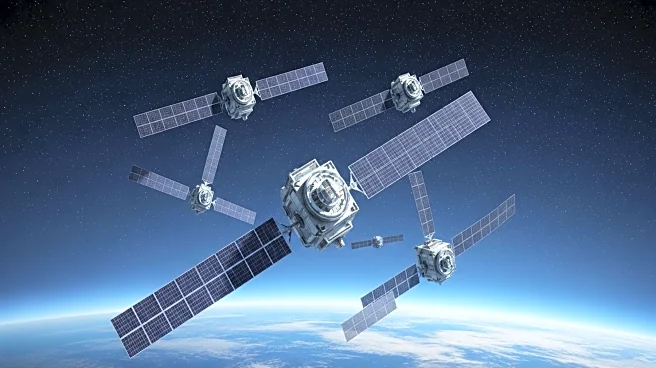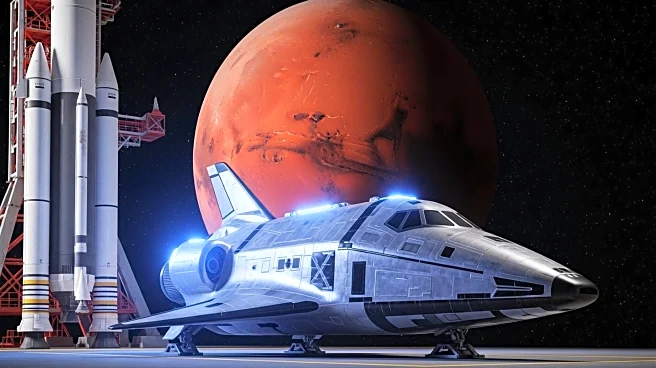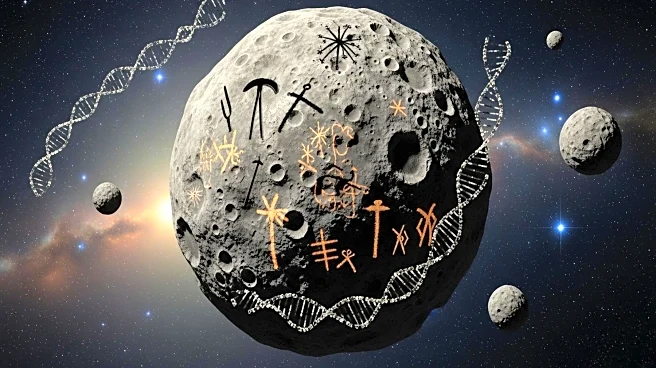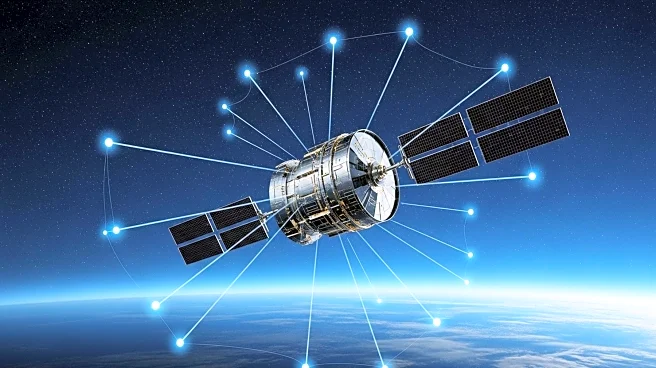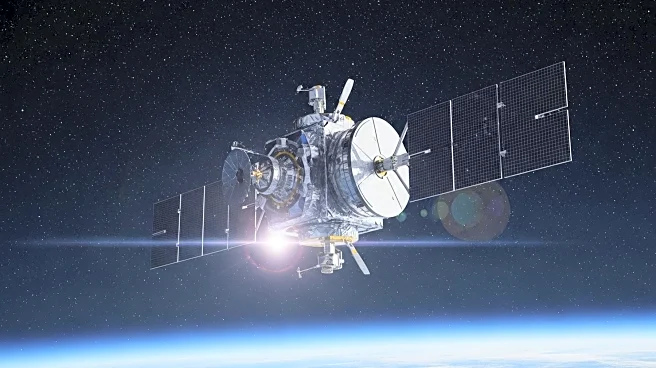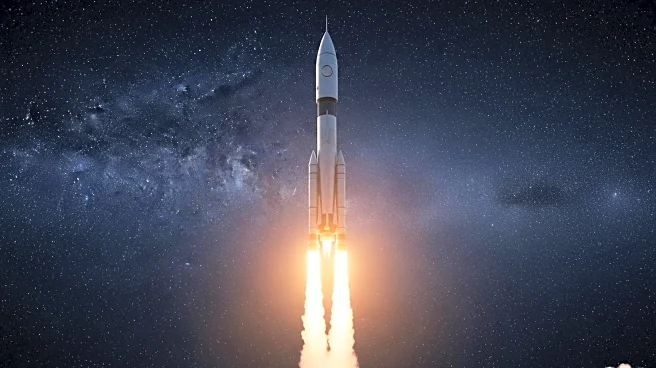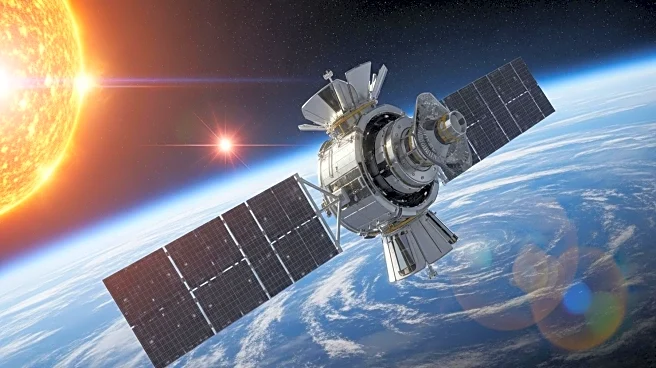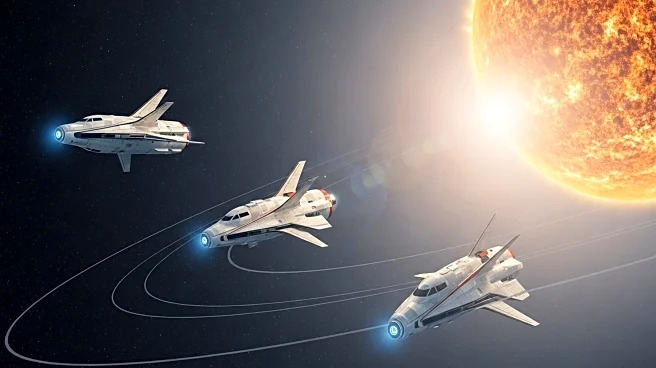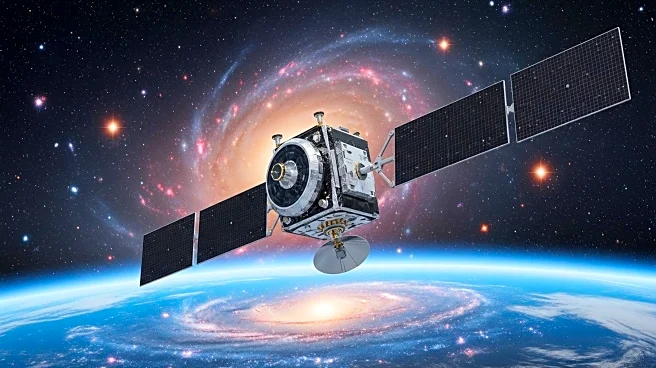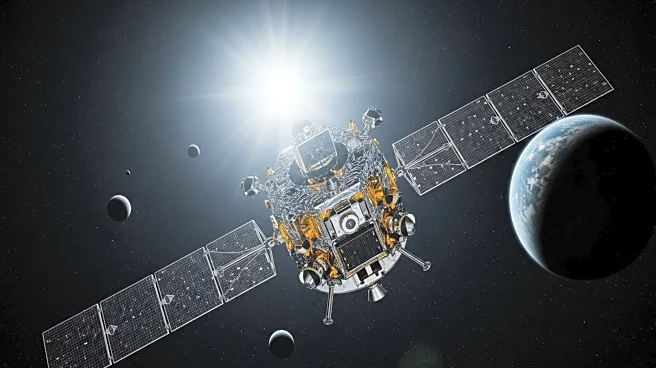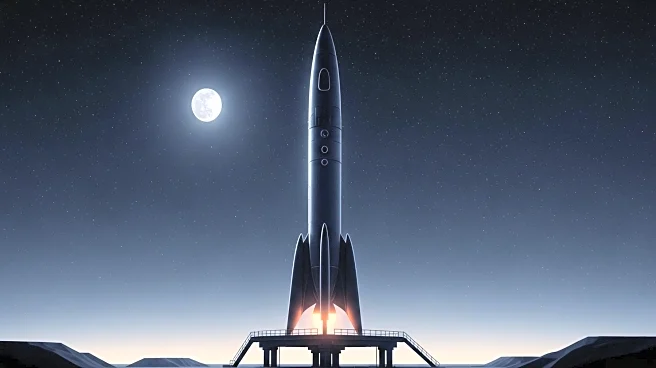What is the story about?
What's Happening?
NASA's Lucy spacecraft has named geological features on the asteroid Donaldjohanson, reflecting a focus on early human relatives. The asteroid, named after paleoanthropologist Donald Johanson, was visited by Lucy in April. The features are named after significant hominin discovery sites, such as Afar and Olduvai. The asteroid's neck is named Windover, after an archaeological site in Florida. These names have been approved by the International Astronomical Union, highlighting the connection between space exploration and human history.
Why It's Important?
The naming of asteroid features after human origins sites underscores the interdisciplinary nature of space exploration, linking astronomical discoveries with anthropological history. This approach enriches our understanding of both fields and fosters collaboration between scientists. The Lucy mission's focus on Trojan asteroids, which share Jupiter's orbit, aims to uncover insights into the solar system's formation and evolution. These findings could have implications for understanding Earth's history and the potential for life on other planets.
Beyond the Headlines
The Lucy mission's integration of human history into space exploration reflects a broader trend of interdisciplinary research, which can lead to innovative discoveries and new perspectives. By connecting space science with anthropology, NASA is promoting a holistic approach to understanding our universe and its origins. This strategy may inspire future missions to incorporate cultural and historical elements, enhancing public engagement and support for scientific endeavors.
AI Generated Content
Do you find this article useful?


